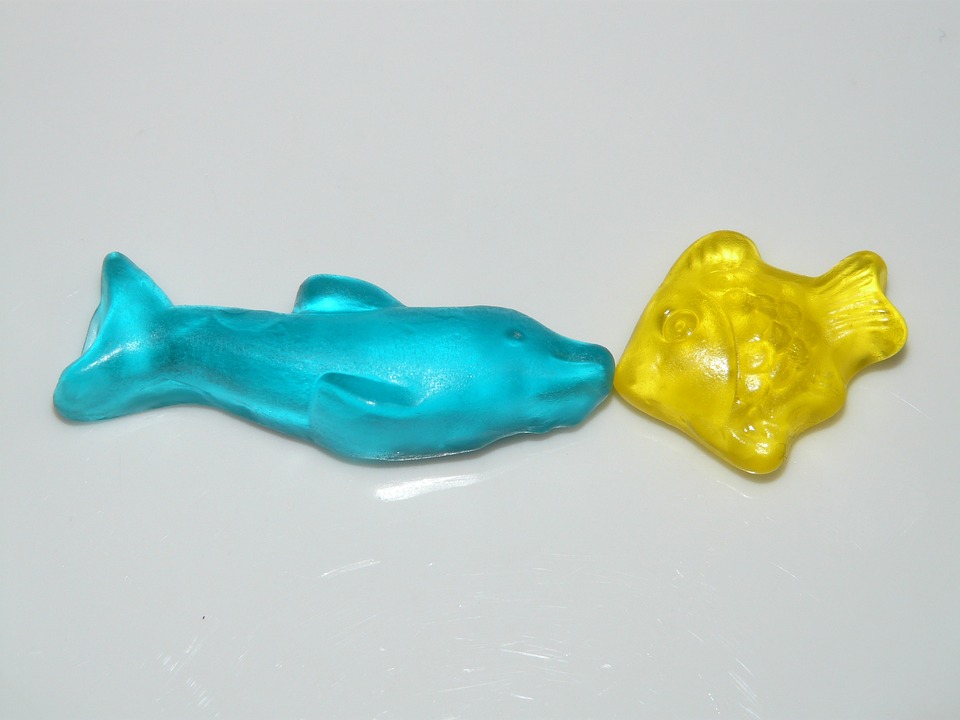Introducing new fish to your aquarium can be an exciting endeavor, but it’s essential to understand fish behavior to ensure a smooth transition for all inhabitants. Fish behavior plays a significant role in determining how they will react to new tank mates, and by understanding their social hierarchy, territoriality, schooling tendencies, and feeding behavior, you can encourage positive responses and promote a harmonious tank environment.
Social Hierarchy and Dominance:
Establishing social structures within the tank is crucial for maintaining a peaceful environment. Some fish species have a clear dominance hierarchy, where one individual is the leader and others follow suit. It’s important to identify dominant and submissive behaviors to prevent bullying or aggression. Observing interactions and providing adequate hiding spots can help establish a balanced social structure.
Territoriality:
Many fish species are territorial, meaning they defend a specific area within the tank as their territory. Understanding the significance of territories and recognizing aggressive and territorial species is crucial for successful tank introductions. Providing enough space and hiding spots within the tank can help alleviate territorial disputes.
Schooling and Shoaling:
Some fish species exhibit schooling behavior, where they swim together in a coordinated manner. Schooling provides benefits such as safety in numbers and improved feeding efficiency. Identifying species that exhibit shoaling tendencies and providing them with appropriate tank mates can encourage positive responses and reduce stress.
Feeding Behavior:
Recognizing feeding patterns and preferences is important for maintaining healthy fish behavior. Some fish are aggressive eaters and may dominate food sources, while others may be more timid. Providing ample food sources and feeding areas can help prevent competition and ensure all fish receive proper nutrition.
Preparing for New Tank Mates:
Before introducing new fish, it’s crucial to research compatible species based on behavior and habitat requirements. Consider factors such as fish size, aggression levels, and preferred tank conditions to ensure a harmonious tank environment. Gradual acclimation processes and proper quarantine procedures are essential to minimize stress and prevent disease transmission.
Tank Environment:
Creating a suitable tank environment is key to encouraging positive fish responses. Providing adequate hiding spots and visual barriers can help reduce stress and establish territories. Adjusting tank parameters, such as temperature and water chemistry, to accommodate new arrivals is crucial for their well-being.
Encouraging Positive Fish Responses:
There are various methods to encourage positive fish responses when introducing new tank mates. Utilizing the “floating bag” technique can allow for gradual introductions, reducing stress and aggression. Employing the “divide and conquer” strategy, where aggressive species are introduced separately and monitored closely, can prevent territorial disputes.
Observation and Intervention:
Monitoring initial interactions and behavioral cues is crucial during the introduction process. If signs of aggression or stress are observed, it’s important to intervene promptly. Separating fish, providing additional hiding spots, or adjusting tank parameters can help alleviate conflicts.
Ensuring Sufficient Resources:
Providing ample food sources and feeding areas is essential to prevent competition and aggression. Avoiding overstocking the tank can also help maintain a balanced environment where all fish have access to resources.
Understanding Fish Behavior FAQs:
To further enhance your understanding of fish behavior, here are some common FAQs:
1. How long does it take for fish to adjust to new tank mates?
The adjustment period varies depending on the species and individual fish. It can take anywhere from a few days to several weeks for fish to establish a new social hierarchy and become comfortable with new tank mates.
2. What are some signs of aggression to look out for during the introduction process?
Signs of aggression may include chasing, fin nipping, or aggressive displays such as flaring fins or erecting spines. It’s important to intervene if aggression becomes excessive or leads to injury.
3. Can fish from different species form social bonds?
While some fish species are more social and may form social bonds within their own species, it is less common for different species to form social bonds. However, they can still coexist peacefully if compatible in terms of behavior and tank requirements.
4. Should I rearrange tank decorations before introducing new fish?
Rearranging tank decorations can help disrupt established territories and reduce aggression during introductions. However, it’s important to do so carefully to avoid causing stress to the fish.
5. Are there any specific species combinations that should be avoided?
Some species have incompatible behavior or may have specific aggression levels that make them unsuitable tank mates. It’s important to research and consult with experts to determine compatible species combinations and avoid potential conflicts.
Conclusion:
Understanding fish behavior is crucial when introducing new tank mates to ensure a harmonious and stress-free environment for all inhabitants. By observing social hierarchies, territoriality, and feeding patterns, aquarists can make informed decisions regarding compatible species and implement successful introduction strategies. Remember to prioritize the well-being of your fish and provide a suitable environment for optimal responses to new tank mates.









